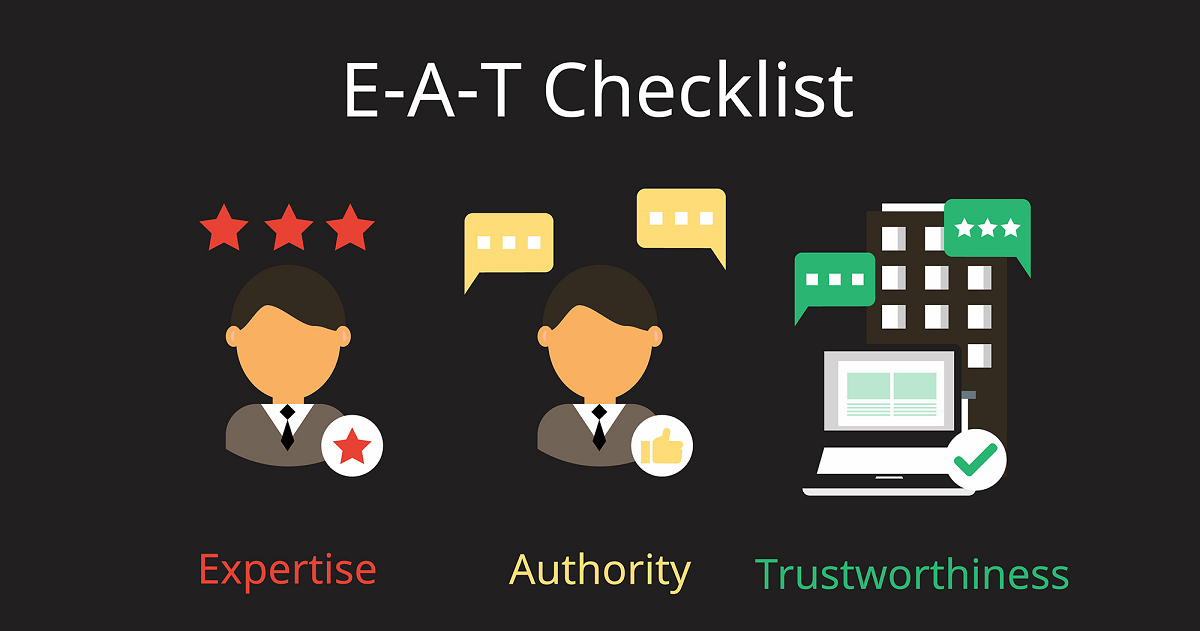BLOG
Cross-Browser Compatibility: Web Development Tips

In the fast-paced world of web development, creating a visually stunning and feature-rich website is a primary goal. However, as the digital landscape continues to diversify with a plethora of web browsers, ensuring cross-browser compatibility has become an indispensable aspect of the development process. In this blog, we delve into the intricacies of cross-browser compatibility, shedding light on the challenges developers face and offering insights into effective solutions.
As users access websites through a variety of browsers, each with its unique rendering engine and interpretation of web standards, developers encounter hurdles that can affect the consistency and functionality of their creations. From Internet Explorer to Chrome, Firefox, Safari, and more, the spectrum of browsers demands a strategic approach to coding and testing. We'll explore the nuances of testing strategies, coding techniques, and the significance of responsive design in achieving seamless user experiences across different browsers. Additionally, we'll discuss the role of frameworks, the necessity of regular updates, and provide real-life case studies to illustrate the practical application of cross-browser compatibility solutions. Join us on this journey to enhance your understanding of cross-browser compatibility and equip yourself with the tools to overcome its challenges in the dynamic realm of web development.
Understanding Cross-Browser Compatibility
Understanding cross-browser compatibility is crucial for web developers as it involves ensuring that a website functions consistently across various web browsers. With the diverse range of browsers available, each with its own rendering engine and interpretation of web standards, developers face the challenge of delivering a seamless user experience to all visitors. Cross-browser compatibility encompasses the need to address issues related to HTML, CSS, and JavaScript, ensuring that a website's design and functionality are consistent regardless of the browser being used.
Developers must be aware of the common challenges associated with cross-browser compatibility, such as rendering inconsistencies, performance variations, and functionality discrepancies. By comprehending the intricacies of different browsers and their market shares, developers can implement effective testing strategies to identify and rectify potential issues. This understanding is foundational for creating robust and accessible web applications, ultimately enhancing user satisfaction and broadening the reach of a website across diverse user demographics and devices.
Testing Strategies
Testing for cross-browser compatibility is a crucial aspect of web development to ensure a consistent and optimal user experience across various browsers. Here are some testing strategies to help developers identify and address compatibility issues:
- Browser Selection:Identify the target browsers based on user demographics and preferences.Prioritize popular browsers such as Chrome, Firefox, Safari, and Edge.
- Virtual Machines and Browser Emulators:Use virtual machines or browser emulators to simulate different operating systems and browser environments.Test on multiple versions of browsers to account for various user configurations.
- Cloud Testing Services:Leverage cloud-based testing services that provide access to a wide range of browsers and devices.Run automated tests on cloud platforms to streamline the testing process.
- Manual Testing:Manually test the website on different browsers to identify visual and functional discrepancies.Pay attention to UI elements, layouts, and interactive features during manual testing.
- Automated Testing Tools:Utilize automated testing tools like Selenium, BrowserStack, or CrossBrowserTesting to streamline testing across multiple browsers.Develop test scripts to automate repetitive testing tasks and ensure consistency.
- User Agent Switching:Use browser extensions or development tools to switch user agents and mimic different browsers.Test how the website responds to different user agents and adjust styles and functionality accordingly.
By employing a combination of these testing strategies, developers can proactively identify and address cross-browser compatibility issues, ensuring a smooth and consistent experience for users across diverse browsing environments.
Coding Techniques For Cross-Browser Compatibility
Coding for cross-browser compatibility involves adopting practices that ensure consistent rendering and functionality across various web browsers. Here are some key coding techniques to enhance cross-browser compatibility:
- Standardized HTML, CSS, and JavaScript:Stick to W3C standards for HTML and CSS to ensure uniform interpretation across browsers.Use ECMAScript standards for JavaScript to minimize compatibility issues.
- Progressive Enhancement:Employ progressive enhancement to build a solid foundation for basic functionality and then enhance it for browsers with advanced capabilities.Start with core features and progressively add enhancements for modern browsers.
- Graceful Degradation:Implement graceful degradation to ensure that a website's core functionality remains intact even if certain features are not supported in older browsers.Identify essential features and prioritize their seamless operation.
- Feature Detection:Use feature detection instead of browser detection to identify the capabilities of a browser.Leverage tools like Modernizr to detect and adapt to browser capabilities.
- Vendor Prefixes:Employ vendor prefixes (-webkit-, -moz-, -ms-, -o-) cautiously for CSS properties that may not be universally supported.Keep an eye on browser updates to phase out vendor prefixes when standard support improves.
- Polyfills and Shims:Utilize polyfills to add support for missing features in older browsers.Shims can be used to provide missing functionality in a consistent manner.
By incorporating these coding techniques, developers can mitigate the challenges of cross-browser compatibility, resulting in a more robust and universally accessible web application. Regular testing and staying informed about browser updates are essential components of a successful cross-browser compatibility strategy.
Responsive Design For Cross-Browser Compatibility
Responsive design is a crucial element in achieving cross-browser compatibility, ensuring that websites adapt seamlessly to various screen sizes and devices. Here's an overview of responsive design principles for cross-browser compatibility:
- Viewport Settings:Set the viewport meta tag in the HTML head to control the width and scaling of the viewport.Ensure proper configuration to accommodate different screen sizes and resolutions.
- Media Queries:Use CSS media queries to apply styles based on device characteristics, such as screen width, height, or orientation.Create breakpoints in your stylesheets to adjust the layout and design for different screen sizes.
- Fluid Grids:Implement fluid grid layouts that use relative units (like percentages) instead of fixed units (like pixels).Allow content to flexibly adjust to the available screen space, promoting a consistent user experience.
- Flexible Images:Use CSS properties like max-width: 100%; to ensure that images scale proportionally within their parent containers.Employ the srcset attribute to provide different image sources based on device capabilities.
- Relative Units and Typography:Utilize relative units, such as em or rem, for font sizes and spacing to maintain consistency across devices.Avoid fixed font sizes that may lead to readability issues on different screen sizes.
- Testing Across Devices:Regularly test your responsive design on various devices and browsers to identify and address any compatibility issues.Use browser developer tools and online testing platforms to simulate different environments.
By incorporating these responsive design practices, developers can enhance cross-browser compatibility, providing users with a consistent and optimized experience across a wide range of devices and browsers.
Regular Updates And Maintenance
Regular updates and maintenance are essential components of ensuring cross-browser compatibility in web development. As web browsers are continually evolving, developers need to stay proactive in maintaining their websites to adapt to new features, standards, and potential issues. Here's a closer look at the importance of regular updates and maintenance:
- Dynamic Nature of Web Browsers:Web browsers frequently release updates to enhance performance, security, and support for web standards.New browser versions may introduce changes in rendering enginesJavaScript interpretation, or CSS handling, affecting a website's compatibility.
- Monitoring Browser Trends:Keeping track of browser usage statistics helps developers prioritize testing efforts based on the browsers most widely used by their target audience.Staying informed about emerging browsers ensures forward compatibility and allows for early adoption of new features.
- Adopting New Practices:Web development best practices evolve, and developers should be receptive to adopting new techniques and technologies that enhance cross-browser compatibility.Following industry blogs, attending conferences, and participating in developer communities can provide insights into the latest trends and recommended practices.
- Ongoing Maintenance Strategies:Conduct regular cross-browser testing to identify and address compatibility issues promptly.Implement version control systems to track changes in code and roll back updates if unexpected issues arise.Update third-party libraries and frameworks to their latest versions, as these often include compatibility improvements.
- User Feedback and Bug Reports:Encourage users to provide feedback on browser-specific issues, and promptly address reported bugs related to cross-browser compatibility.Monitor support forums and social media for discussions about browser-related problems and proactively address them.
By prioritizing regular updates and maintenance, developers can ensure their websites remain compatible with the latest browser versions, offer optimal user experiences, and mitigate potential issues before they impact a broader audience.
In conclusion, understanding and prioritizing cross-browser compatibility is not just a technical necessity but a crucial element in delivering a seamless and inclusive web experience. As the digital landscape evolves, so do web browsers, emphasizing the need for ongoing updates and maintenance to ensure your website remains accessible to a diverse audience.
At this juncture, it's imperative to recognize the role of a reliable partner in navigating the complexities of web development. Social Cali, as a comprehensive online marketing agency, stands ready to elevate your digital presence. Our expertise extends to crafting robust SEO and local SEO campaigns, placing your business firmly on the digital map. Ensuring cross-browser compatibility is not just a technicality for us – it's a commitment to delivering excellence in the online realm.
To take the next step in optimizing your web presence, contact Social Cali at 1-415-888-9561 or drop us an email at sales@socialcali.com. Let us propel your business forward in the digital sphere, ensuring that your website not only meets but exceeds the expectations of users across different browsers. Embrace the digital future with Social Cali – where your success is our priority.











